Annual cash flow modeling for hay farmers involves projecting both cash inflows and outflows across the farming cycle, essential for maintaining financial stability and strategic planning.
Cash Inflows:
- Crop Sales: Revenue from selling hay based on projected production and market prices.
- Government Program Payments: Potential payments from agricultural support programs, though often limited for hay producers compared to other crops.
- Other Incomes: Includes income from custom services or other business activities.
Cash Outflows:
- Operating Costs: Expenses such as seeds, fertilizer, fuel, repairs, and labor.
- Land and Equipment Costs: Rent, leases, or maintenance of equipment used in hay production.
- Debt Servicing: Payments on borrowed capital.
- Capital Investments and Taxes: Investments in farm infrastructure and annual taxes.
Forecasting and Adjustments: Variabilities such as weather impact on hay yields necessitate regular adjustments to these projections.
To learn more about developing a detailed cash flow model tailored to agricultural needs, including templates and tools, university extension resources can be invaluable. For example, Iowa State University Extensionand Outreach provides comprehensive financial planning resources that can assist hay farmers in managing their annual financial planning. For more detailed guidance, visit their Ag Decision Maker resources page.
